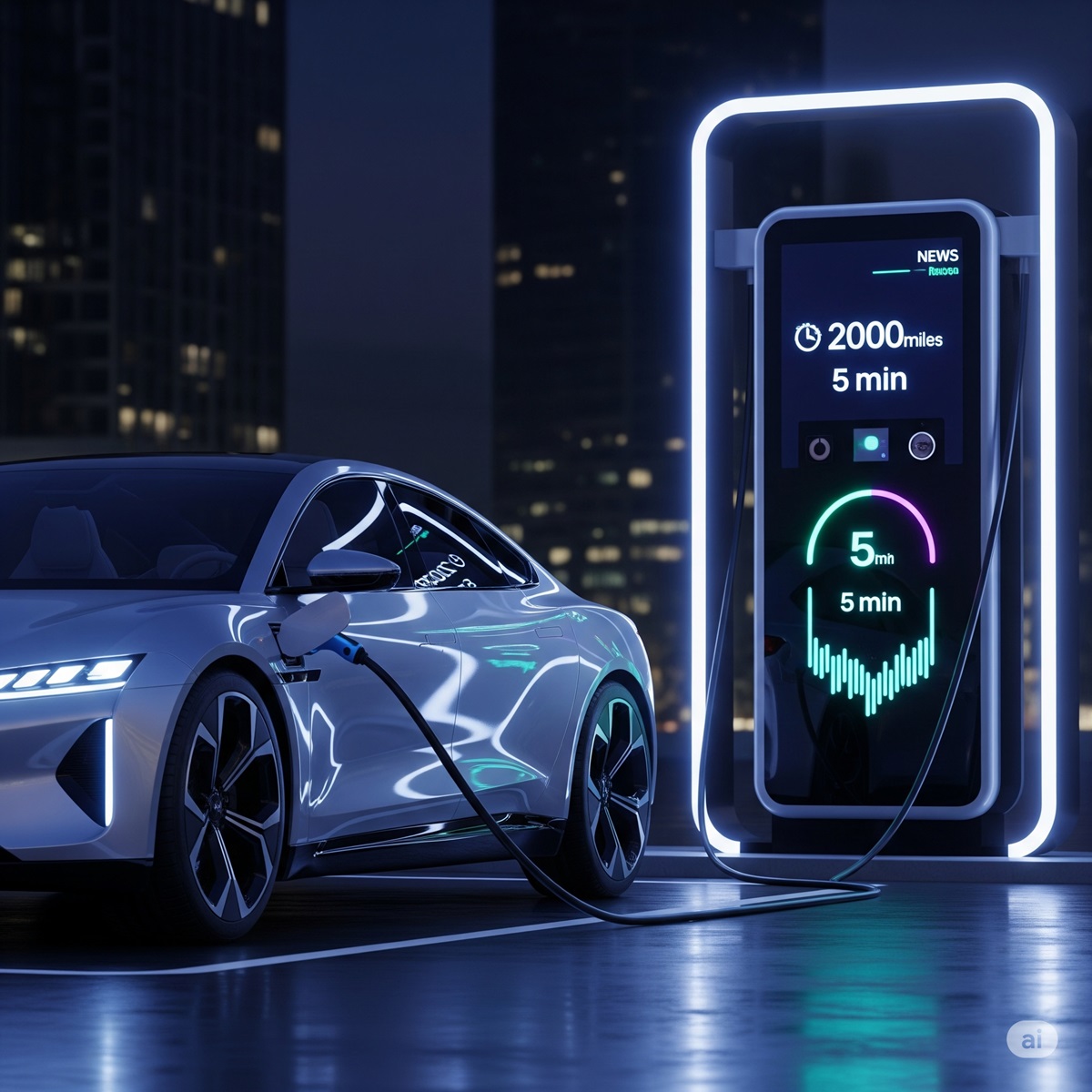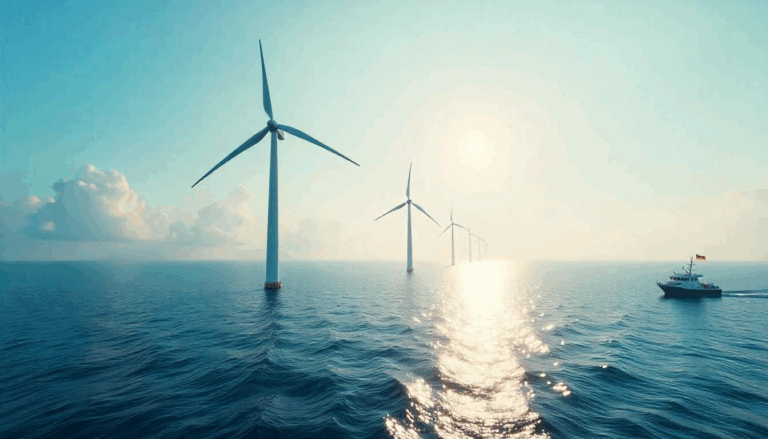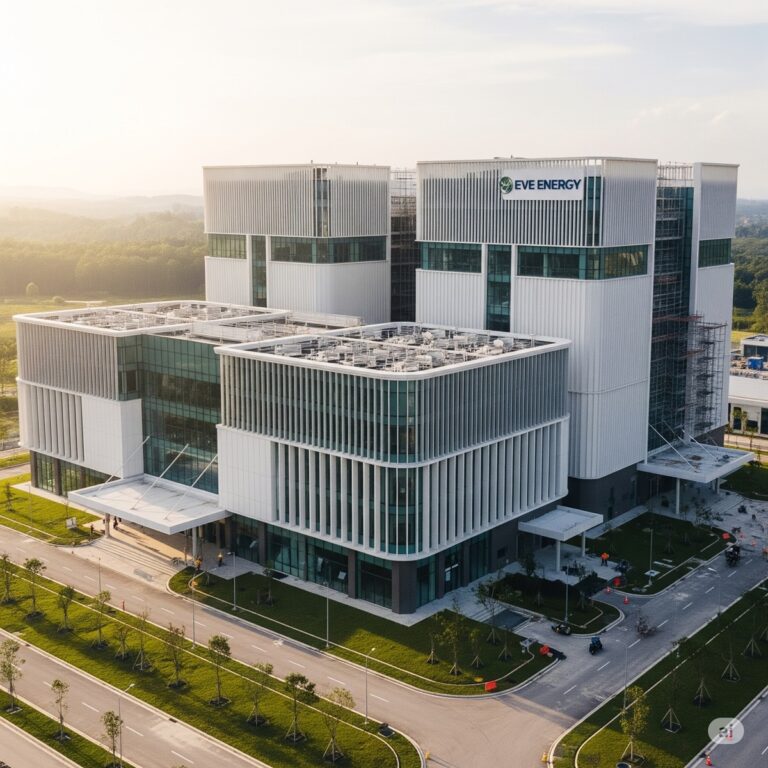BREAKING: Huawei Patents Solid-State EV Battery Promising 2,000-Mile Range and 5-Minute Charge

PHNOM PENH, Cambodia—July 1, 2025— The race for the next generation of electric vehicle (EV) battery technology has just intensified dramatically. Huawei, the Chinese tech giant, has sent shockwaves across the global automotive and energy sectors with the recent filing of a groundbreaking patent for a solid-state EV battery that could deliver an astonishing 2,000-mile driving range and an ultra-fast five-minute full charge.
If these revolutionary claims prove viable for mass production, Huawei’s innovation could fundamentally reshape electric mobility, finally addressing the persistent pain points of range anxiety and lengthy charging times that have lingered over EV adoption.
A Leap in Energy Density and Speed
According to the newly published patent, Huawei’s design centers on a sulfide-based solid-state battery with an unprecedented energy density of 400-500 Wh/kg. To put this in perspective, it’s a colossal leap, representing two to three times the energy density of today’s leading lithium-ion batteries, which typically offer 150-250 Wh/kg.
This remarkable energy density is the theoretical foundation for the 1,800 to 2,000 miles (approximately 3,000 km) of driving range on a single charge. Beyond the sheer distance, the patent also details a rapid charging capability that would allow for a complete recharge in just five minutes—a speed that could make refueling an EV as fast as, or even faster than, pumping gasoline.
The Technical Edge: Nitrogen-Doped Sulfide Electrolytes
Huawei’s patent outlines a sophisticated approach to enhance electrochemical stability by doping sulfide electrolytes with nitrogen. This innovative method aims to significantly reduce undesirable side reactions at the lithium interface, a persistent challenge in solid-state battery development. By mitigating these reactions, the technology promises improved safety, extended battery lifespan, and greater overall reliability. This breakthrough follows another patent filed by Huawei earlier in 2025 focusing on the synthesis of sulfide electrolytes, underscoring their deep commitment to advancing core battery materials.
Igniting the Global Battery Arms Race
Huawei’s bold move underscores China’s aggressive push to dominate the global EV battery landscape. China already leads the world in solid-state battery development, holding over 7,600 patents in this critical field. While Huawei itself is not a traditional battery manufacturer, its entry signals a strategic pivot to become a key energy-tech innovator, putting immense pressure on established battery giants like South Korea’s Samsung SDI and LG Energy and Japanese powerhouse Toyota, all of whom are also heavily invested in solid-state technology but often with more conservative commercialization timelines, typically aiming for mass production between 2027 and 2030.
This development also intensifies competition within China, where tech and auto giants like BYD, CATL, and Xiaomi are making substantial investments in next-generation battery research, aligning with Beijing’s broader strategy to lead the global EV supply chain.
The Road Ahead: Hype vs. Reality
While the claims are undeniably tantalizing and represent a significant technical achievement on paper, industry experts and analysts urge a balanced perspective:
- Theoretical vs. Real-World: The dazzling figures for range and charging speed are currently theoretical projections based on laboratory conditions. Translating these into mass-produced, real-world vehicles presents monumental engineering and manufacturing challenges.
- Infrastructure Gap: Achieving a five-minute charge would necessitate ultra-high-voltage charging infrastructure far beyond what is currently available commercially. Even with rapid advancements in megawatt-level charging, a widespread network capable of facilitating such speeds is years away.
- Manufacturing Complexities & Cost: Scaling solid-state battery production remains a formidable hurdle. Current estimates place production costs for solid-state cells significantly higher (around $1,100–$1,400 per kWh) compared to conventional lithium-ion batteries (around $100–$150 per kWh), making them cost-prohibitive for mass-market EVs in the near term.
- Technical Hurdles Remain: Despite Huawei’s advancements, fundamental challenges like achieving consistently high ionic conductivity in solid electrolytes, managing interfacial resistance, and ensuring the long-term durability of solid materials under repeated cycling still need comprehensive solutions for widespread adoption.
What This Means for the Future of EVs
Huawei’s solid-state battery patent is undoubtedly a major development, highlighting the accelerating pace of innovation in EV battery technology. It serves as a powerful signal that the future of EV batteries is moving beyond the current limitations, pushing towards unprecedented levels of performance.
If Huawei can successfully navigate the formidable technical, manufacturing, and commercialization hurdles, this technology could redefine electric mobility, making range anxiety a relic of the past and pushing EVs into the mainstream for even the longest journeys. The world will be watching closely to see if Huawei can bridge the gap from patent to pavement and deliver on its audacious promises.
What are your thoughts on Huawei’s bold claims? Could a 2,000-mile range and 5-minute charge transform your view of electric vehicles? Share your insights in the comments below!



